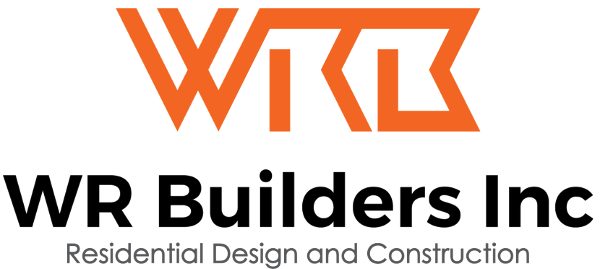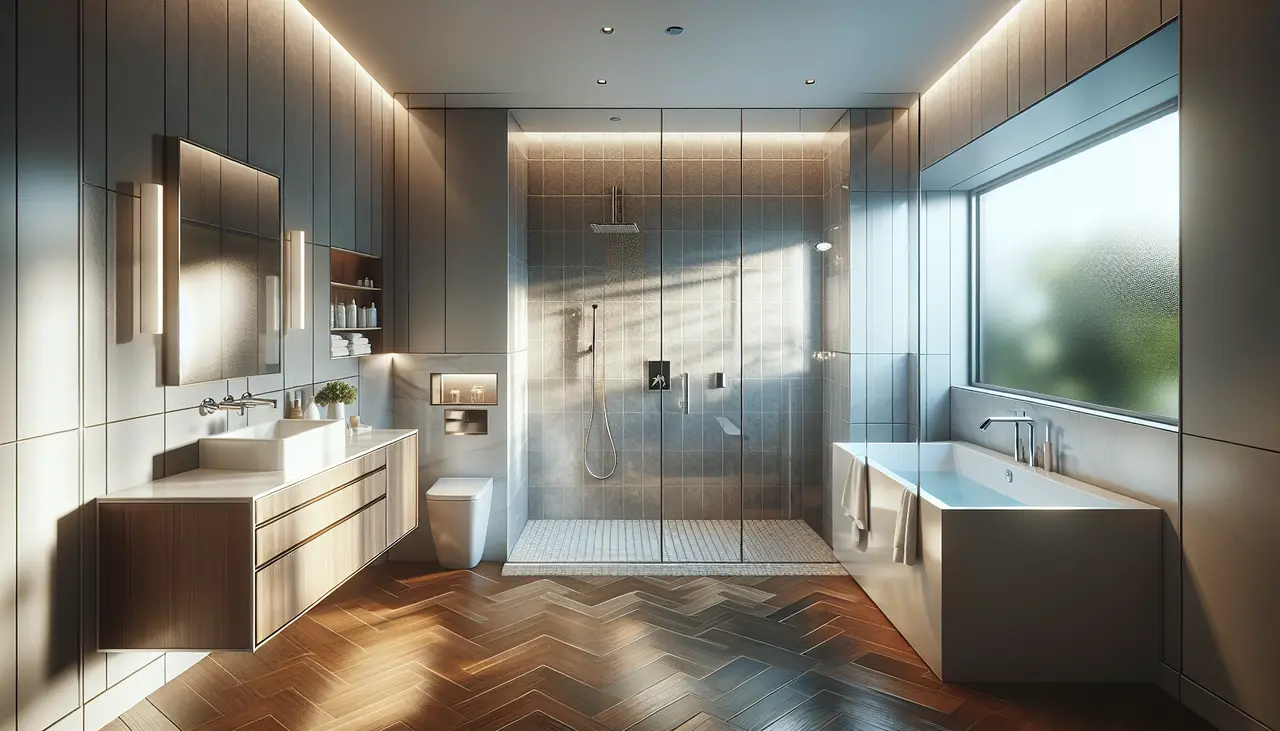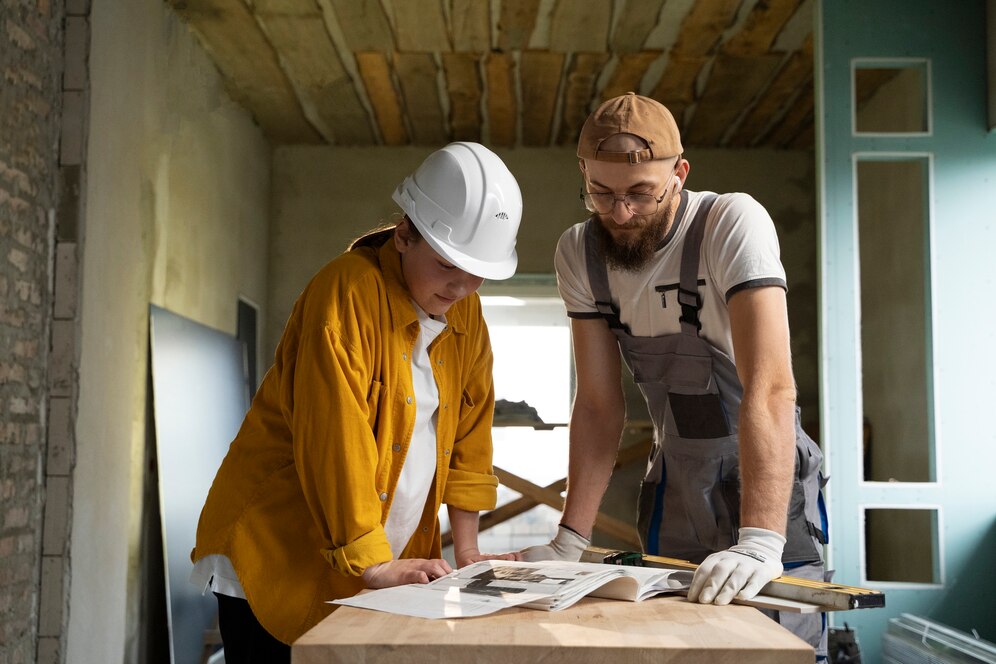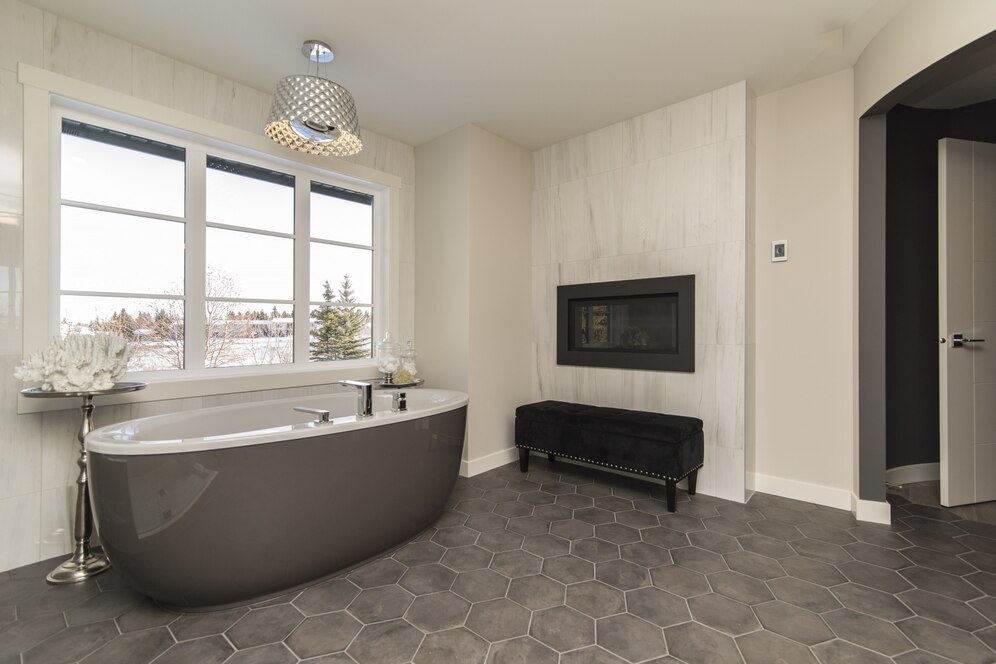Renovating a bathroom can seem like a daunting task, especially if you’re a beginner. But with the right guidance and a clear plan, even the most inexperienced renovators can transform their space into a beautiful, functional retreat. This guide will walk you through every step of the process, from initial planning to the finishing touches.
Planning Your Bathroom Renovation
Before diving into the actual renovation work, it’s crucial to spend time planning. Determine your budget, list your needs and wants, and create a timeline. This will help you stay organized and ensure that you don’t run into unexpected surprises during the renovation.
Setting a realistic budget for your bathroom renovation is essential. Consider all possible expenses, including materials, labor, and any unforeseen costs. According to Edesia Kitchen & Bath Studio, it’s wise to pad your budget by at least 20% to cover unexpected issues that may arise.
Next, clearly outline the specific changes you want to make. Ask yourself questions like, ‘Do I need more storage?’ or ‘Is my current layout working for me?’ Identifying your goals will help you focus on what’s truly important and prioritize your budget accordingly.
Choosing Your Design and Layout
Selecting the right design and layout is essential for both functionality and aesthetics. Consider the space you have and choose a layout that maximizes flow and usability. Think about the colors, fixtures, and materials that will make your bathroom feel comfortable and inviting.
Begin by brainstorming ideas and gathering inspiration from design websites, home improvement shows, and magazines. Check out platforms like Pinterest and Instagram for the latest trends and save photos of bathroom features you love. Jim Keller Kitchen, Bath & Home emphasizes the importance of incorporating both current needs and future preferences in your design.
When deciding on the layout, consider the placement of key elements such as the sink, toilet, and shower. Keep in mind that moving plumbing fixtures can significantly increase costs. Aim for a layout that optimizes space while avoiding major plumbing changes.
Demolition and Preparation
Once your plan is in place, you can start with the demolition and preparation. This step includes removing old fixtures, tiles, and any other elements that need to be updated. Make sure to take safety precautions and dispose of old materials responsibly.
Before you pick up a sledgehammer, familiarize yourself with the demolition process. Ensure you know what elements you’ll be removing and identify any potential hazards such as electrical lines or plumbing. According to Home Depot, it’s crucial to wear safety goggles and hard-toe shoes during this phase to protect yourself.
Consider renting a dumpster to dispose of demolition debris. This can save you numerous trips to the local dump and make the cleanup process much more efficient. For larger demolitions, renting specialized tools might also be necessary.
Plumbing and Electrical Work
With the old elements out of the way, it’s time to address the plumbing and electrical work. This is a critical step that often requires professional assistance. Ensure all the pipes, wiring, and outlets are correctly installed to avoid issues later on.
Hiring a licensed plumber and electrician is often the safest route. They will ensure everything is up to code and can handle any unexpected challenges that arise. As Joan Bissdorf mentions, it’s crucial to get these professionals involved early to avoid costly delays.
If you decide to tackle some of the plumbing or electrical work yourself, make sure you thoroughly understand what needs to be done. There are numerous resources available, such as instructional videos and how-to guides, but don’t hesitate to call in a professional if you’re unsure.
Installing New Fixtures and Features
Now comes the fun part – installing your new fixtures and features. This includes the bathtub, shower, sink, toilet, and any other elements you’ve planned for. Take your time to ensure everything is installed correctly and securely.
When choosing fixtures, balance style and functionality. Opt for durable materials that can withstand daily use. Products like solid brass or stainless-steel faucets are often recommended for their durability and longevity. Budget Dumpster provides practical advice on selecting quality fixtures without overspending.
Consider energy-efficient options such as low-flow toilets and water-saving showerheads. These not only reduce your environmental impact but can also save you money on your utility bills in the long run.
Tiling and Flooring
Tiling and flooring can transform the look of your bathroom. Choose tiles that fit your design, whether it’s classic ceramic, modern porcelain, or luxurious natural stone. Ensure the floor is level and tiles are properly aligned for a professional finish.
When selecting tiles, consider both style and practicality. For instance, larger tiles can make a small bathroom feel more spacious, while slip-resistant tiles are a safe choice for shower floors. Joan Bissdorf highlights the importance of choosing the right tiles for different areas of the bathroom.
Installing tiles can be a time-consuming process, so plan accordingly. Begin by laying out reference lines with a mason’s chalk line to ensure your tiles stay straight. Always follow the manufacturer’s instructions closely and take your time to achieve a professional look.
Painting and Finishing Touches
Painting the walls and adding finishing touches is the final step. Choose moisture-resistant paint and consider lighter colors to make the space feel larger. Add mirrors, shelves, and other accessories to complete your bathroom renovation.
Before painting, make sure the walls are clean and smooth. Painting can be one of the most cost-effective ways to refresh your space. As suggested by Jim Keller Kitchen, Bath & Home, a semi-gloss finish is ideal for bathrooms due to its resistance to moisture.
Finally, focus on the small details that pull the room together. Install towel bars, light switch plates, and any additional decor. Spend some time choosing high-quality accessories that complement your new bathroom design and add to the overall aesthetic.
Your Bathroom Renovation Journey
Renovating a bathroom may seem challenging, but with careful planning, the right tools, and a bit of patience, it’s a project that any beginner can tackle successfully. Follow this guide, tackle one step at a time, and soon you’ll have a bathroom that not only meets your needs but also adds value to your home.




